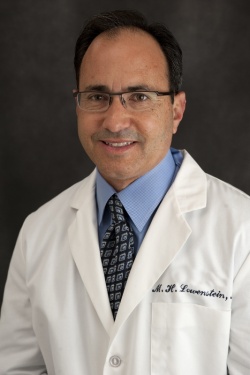Study
Heroin use surges in the US
Use of heroin in the United States has surged dramatically in the past decade, a new study finds. The news follows earlier reports that fatal overdoses from heroin have quadrupled since 2002, suggesting that the country is facing a new epidemic of opiate dependence.

The Waismann Method Medical Group is calling upon the healthcare community to improve screening and prevention efforts to reverse this trend. Unfortunately, the public remains poorly informed about the long-term consequences of drug use. Misconceptions about the availability and effectiveness of treatment may be preventing individuals struggling with heroin abuse to get the help they need.
The recent study, conducted by the Centers for Disease Control and Prevention, found that rates of heroin abuse increased from 1.6 per 1,000 persons in 2003 to 2.6 per 1,000 in 2012, representing a 62.5% increase. Risk factors for heroin dependence included being male, aged 18 to 25, Caucasian, and residing in an urban area. Additionally, rates of heroin use were highly correlated with overdose-related fatalities.
Dr. Michael H. Lowenstein, Medical Director of the Waismann Method, commented that he finds the results of the recent study "deeply troubling" and a sign that medical professionals need to work harder to reach patients struggling with opiate addiction. Dr. Lowenstein said, "We know that heroin use has long-lasting and even deadly effects. Every day, I see the toll that opiate dependence takes on patients and their families. As a medical community, we need to improve access to effective and humane treatments for opiate dependence. Only by focusing on prevention and treatment can we reverse this surge in heroin use."
The CDC study also indicates that the increase in heroin use is not occurring in isolation. Risk factors for heroin abuse include past-year abuse of alcohol, marijuana, opiate painkillers, and cocaine. This suggests that poly substance abuse, and use of prescription medications in particular, may be contributing to the rise in heroin use and overdose-related fatalities.
Waismann Method Medical Group agrees with CDC recommendations that public health professionals must focus efforts on reducing opiate painkiller abuse. People with a history of misusing prescription painkillers are 19 times more likely to try heroin than those without a history of opiate painkiller use. In addition to improving prescription drug monitoring programs, an emphasis on early detection and intervention is needed. The Waismann Method, in accordance with the CDC, calls upon the healthcare community to expand access to and insurance coverage of lifesaving opiate detox and treatment programs.
Source: The Waismann Method Medical Group
13.07.2015











